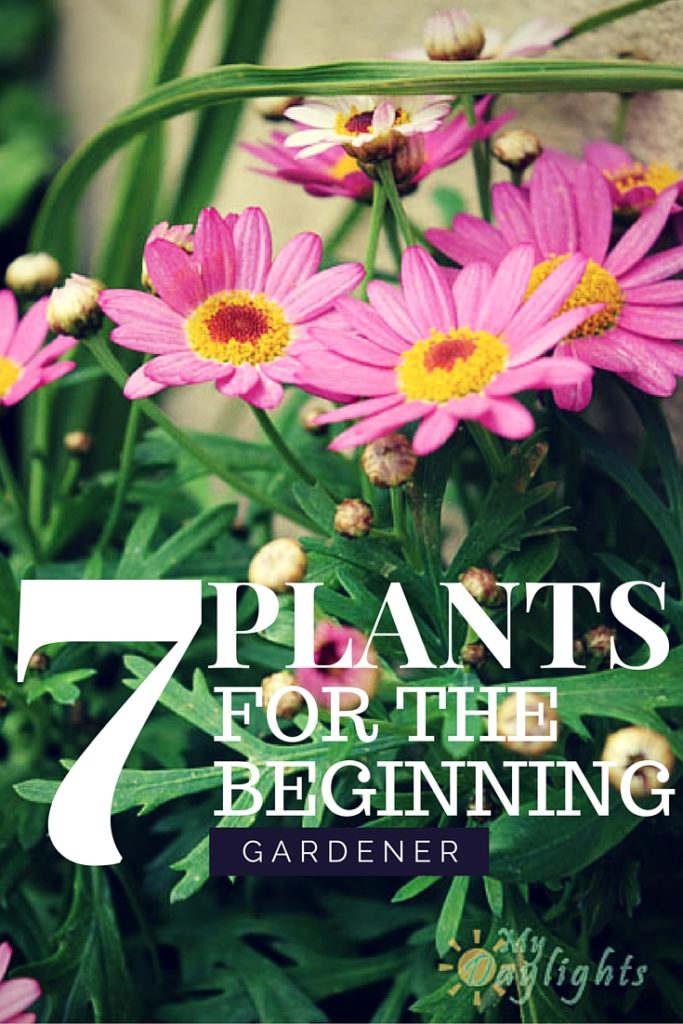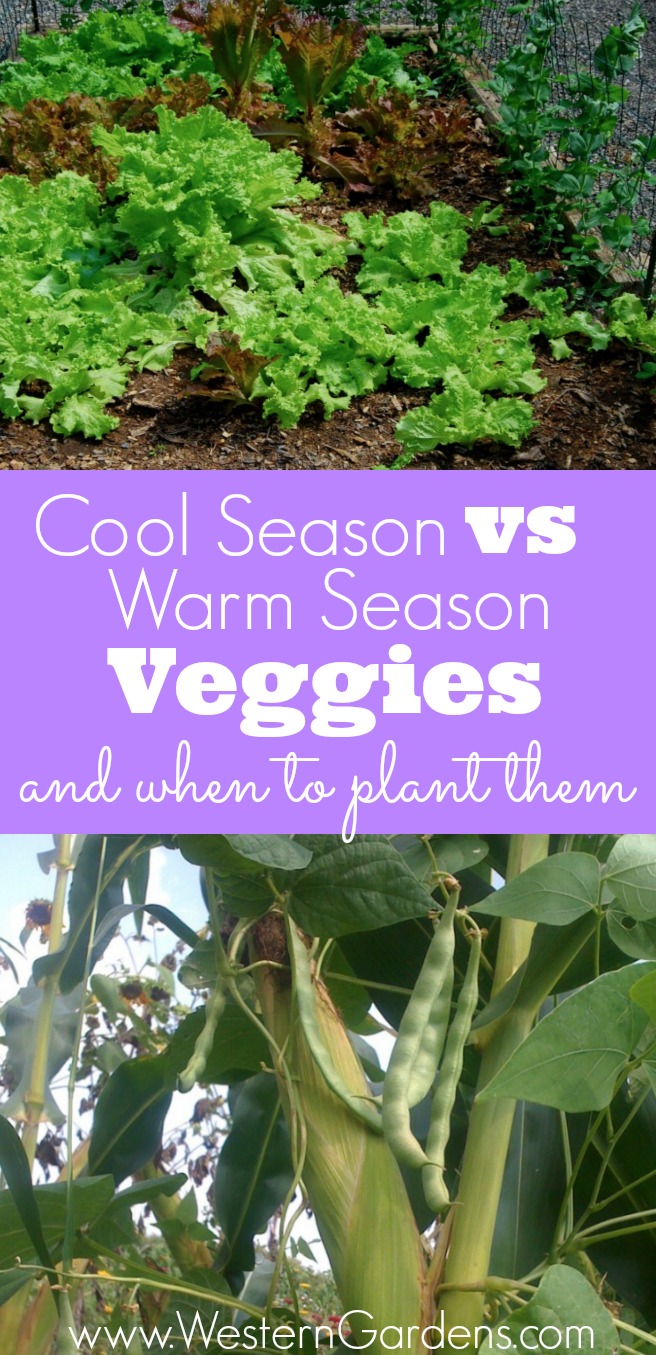Welcome Friends! Glad you dropped in to learn about saving water and money by Turf Training.

You can train your dog and train your lawn too!
You cannot teach a lawn to fetch the paper or to roll over. Even though some say that it can play dead, in the winter! Now that your lawn is coming out of the dreary winter, it’s time for turf training. You can train your lawn to grow deep lawn roots, so that you can cut your water bill during the summer and your lawn can be happy during those hottest Utah summer weeks. Turf Training is more painful for the owner than the lawn itself, but by July, it is possible to be watering your lawn once every two weeks or less, depending on your soil type. I know it works; I’ve lived it. This plan is for established lawns; new turf requires other care. Follow these steps and you too can have a well trained happy green lawn.
- This month (April & into May), do not water your lawn! Mother Nature is taking care of watering lawns for you. DEEP INFREQUENT watering creates deep roots and thriving healthier plants.
- Aerate your lawn. Perfect time is just before one of our spring rains.
- Apply the proper spring fertilizer. Follow the directions explicitly. Again, the ideal time is just before a good rain to wash it into the turf.
- If you haven’t already, apply pre-emergent.
- Keep your finger OFF the automatic sprinkler system. Do NOT water your lawn. You are in turf training mode. I know it is painful because the sun is shining and spring is here, but don’t do it. Your lawn is stretching its roots deep. Let them go!
- In May, repeat #5 unless one of the following occurs…
- Mother Nature hasn’t watered for 3 weeks. Time to water.
- When you walk across your lawn, your footsteps don’t bounce back up. Time to water.
- When you look across your lawn, you notice a dull bluish green tone in spots. Time to water.
- DEEP WATER – Put a good inch of water or so on your lawn. Placing a tuna can on your grass will let you know when you’ve watered sufficiently. All this water will soak down deep and you will train your lawn, by withholding watering cycle, to stretch deep for the water. The roots will grow deeper and in the hot summer months of July & August, your lawn won’t get as stressed out. Its roots will be cooler down deep.
- Repeat steps #6, #7 and #8.
As you can imagine, it will take time to train your lawn to grow deep roots. That is why it is important to begin first thing in the spring. For established Kentucky Blue grass, you may need to follow this method for two seasons, but it can be done.
This method to train your lawn is not meant for flower beds, newly seeded lawns, newly placed sod, trees or shrubs. Learn from our experts those proper watering techniques.
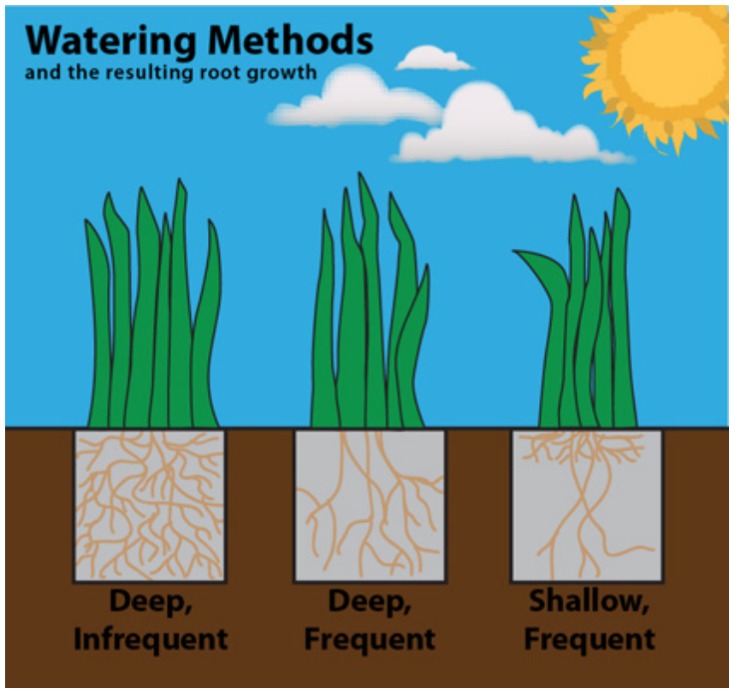
http://www.txsmartscape.com/design_tools/water_conservation.asp
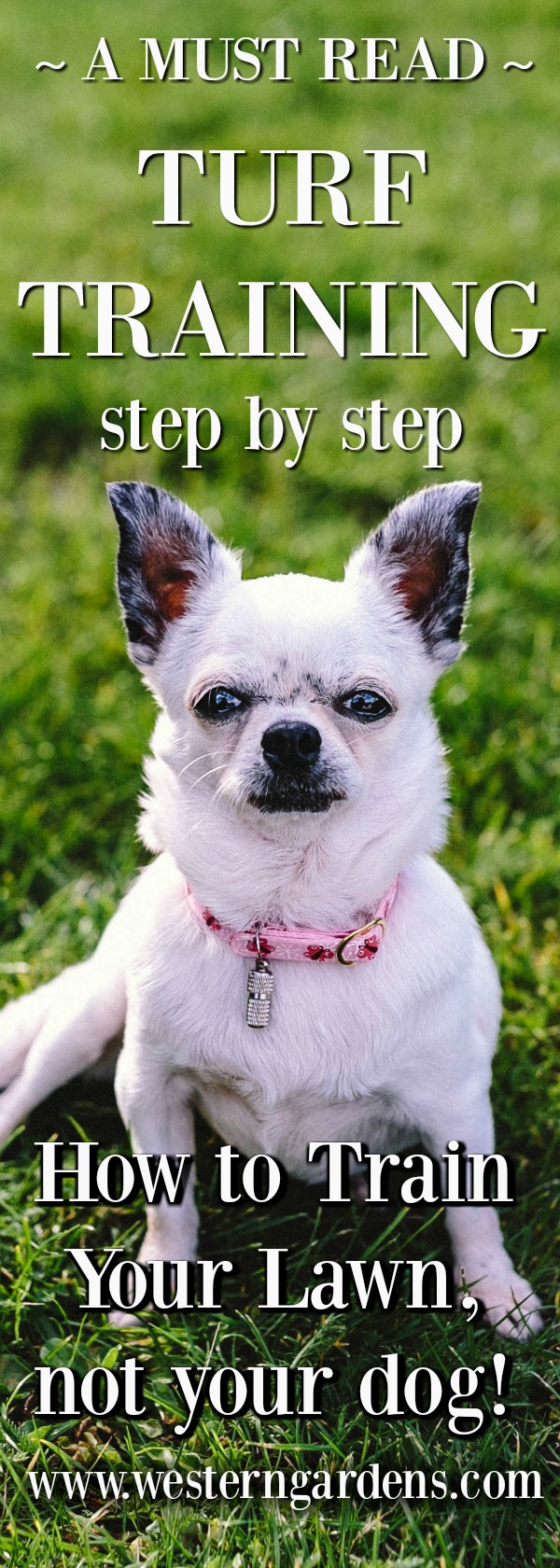
Article submitted by Wendy P
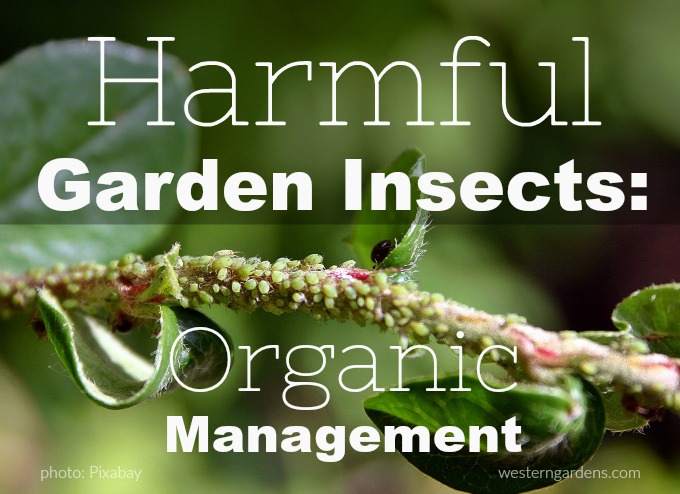
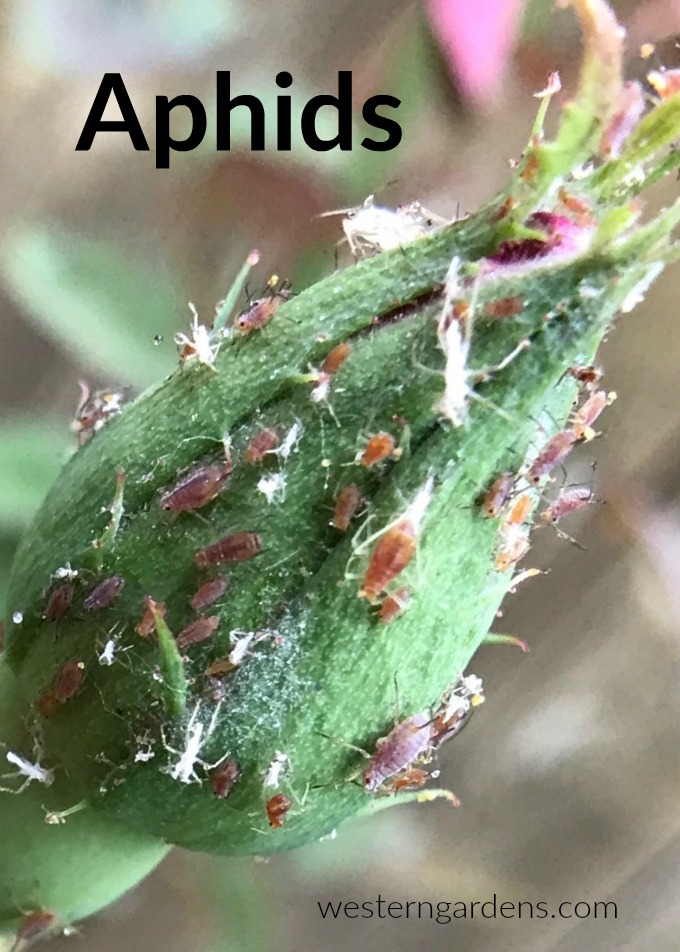
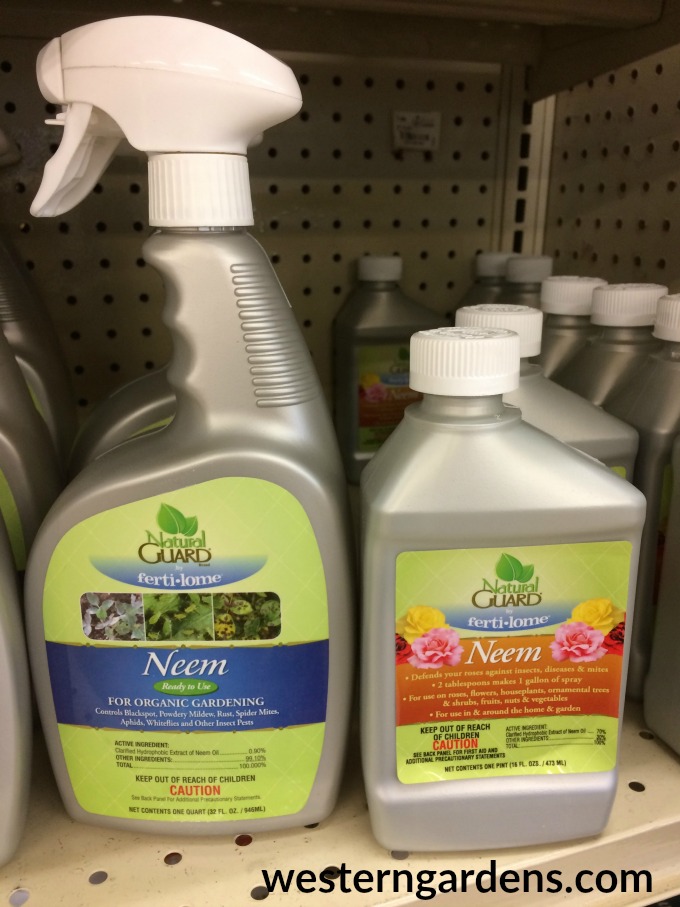
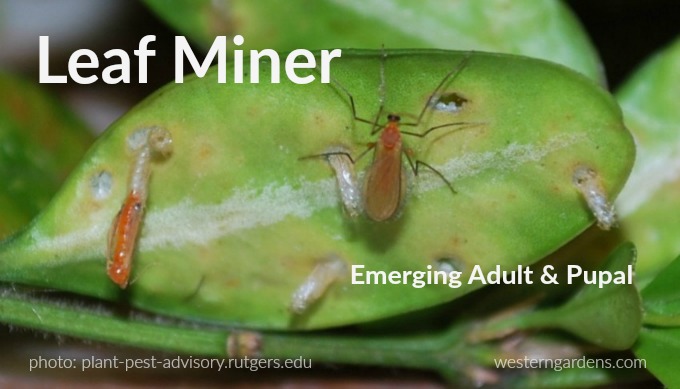

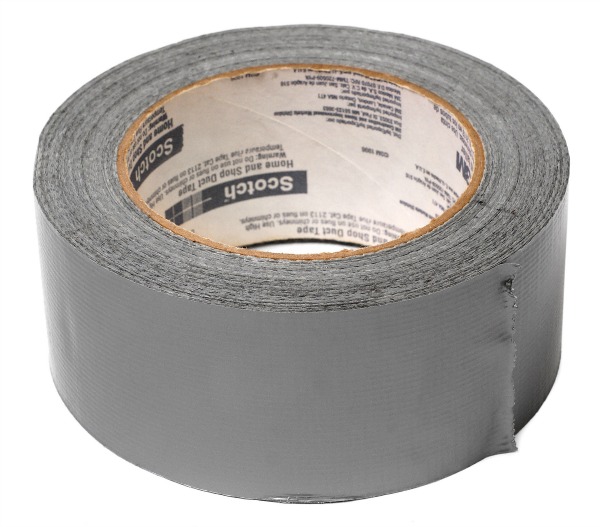

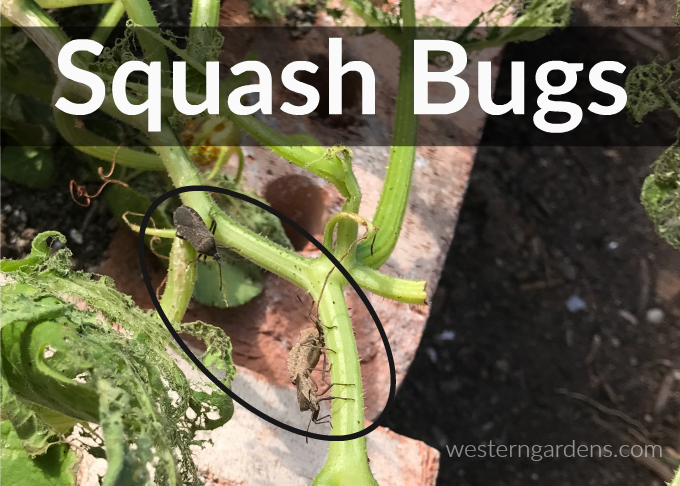
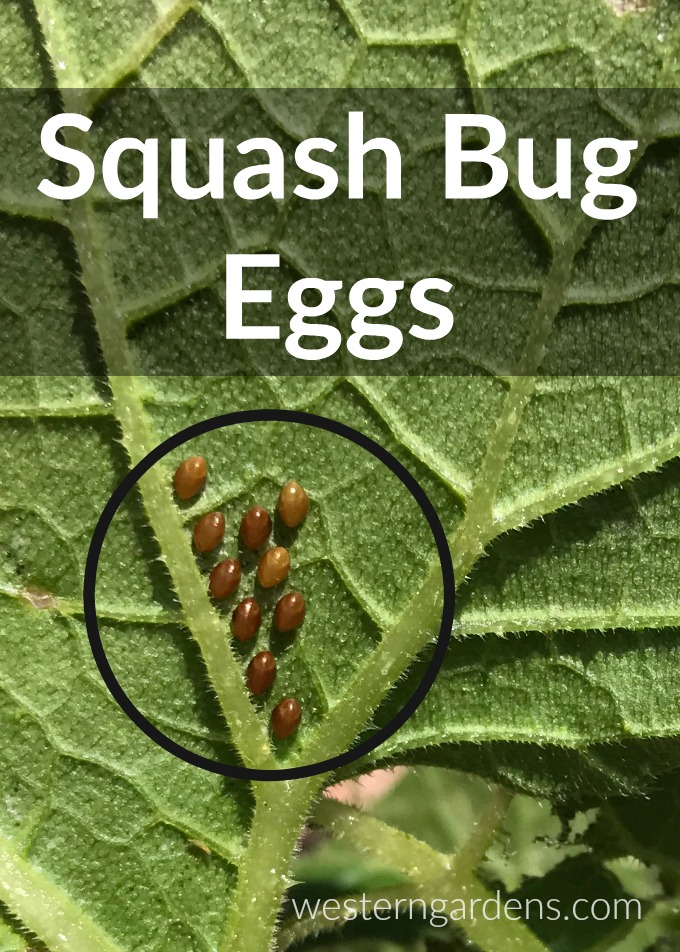
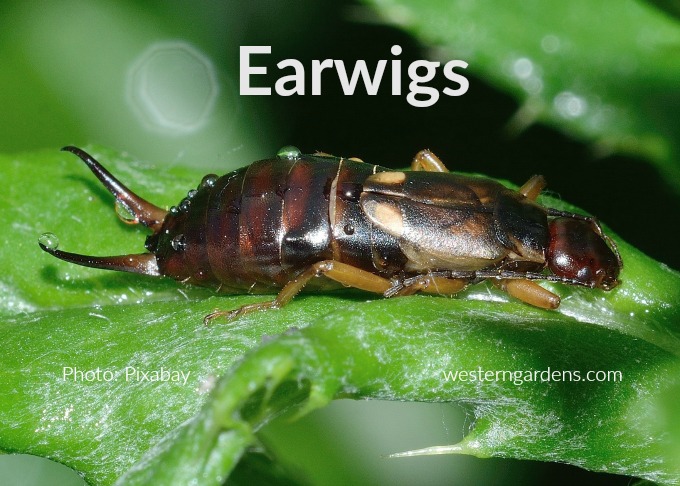
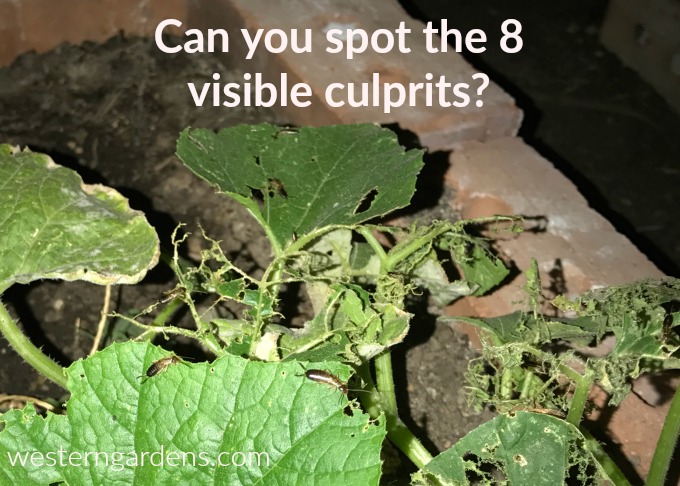
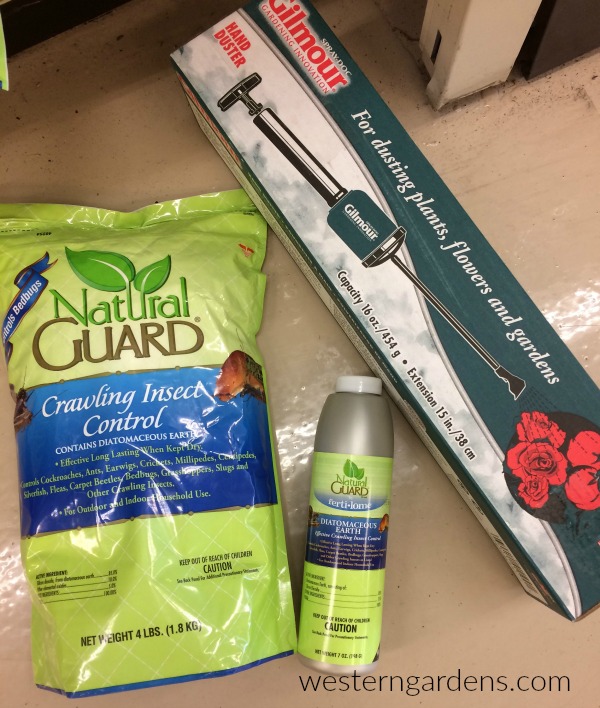
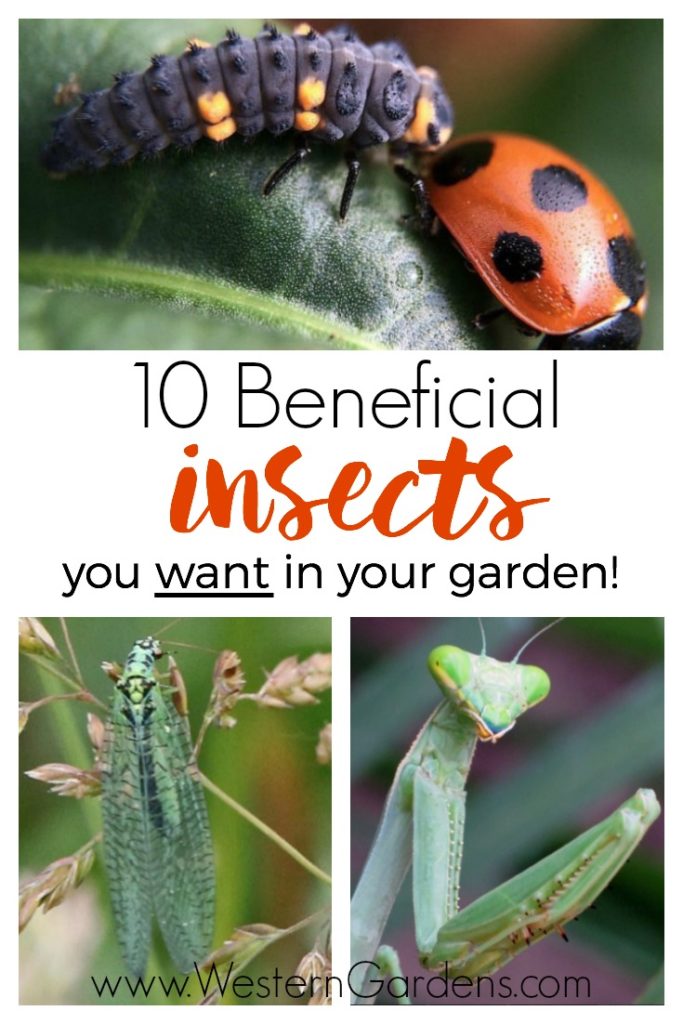
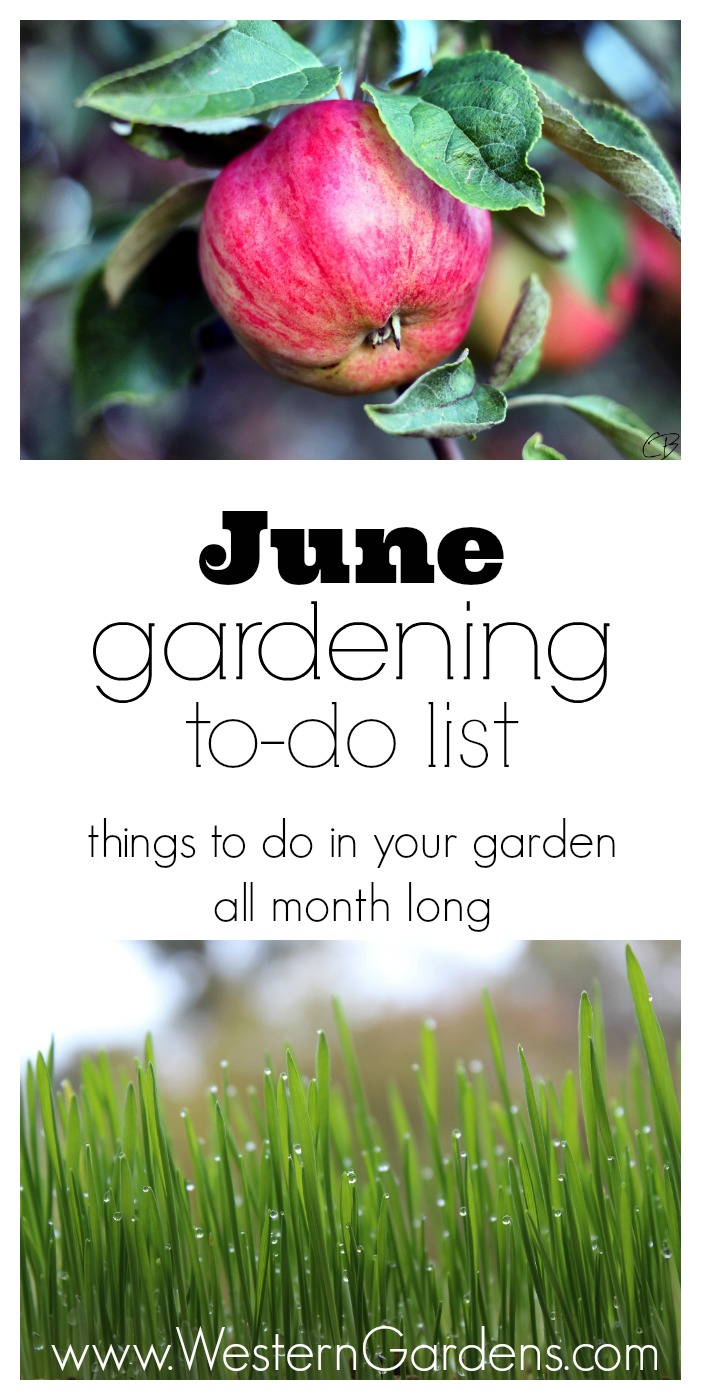

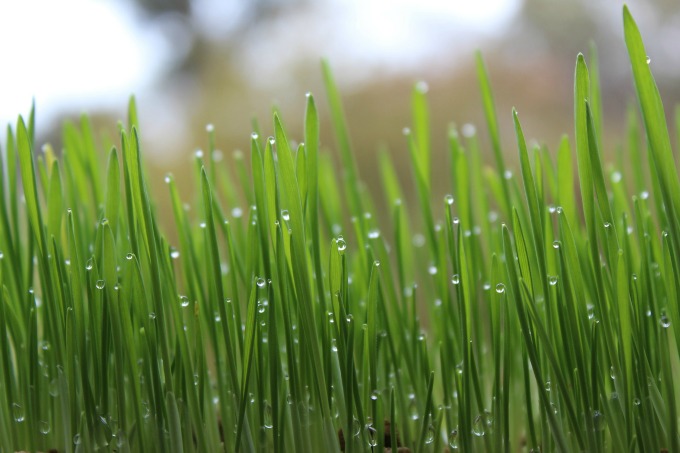
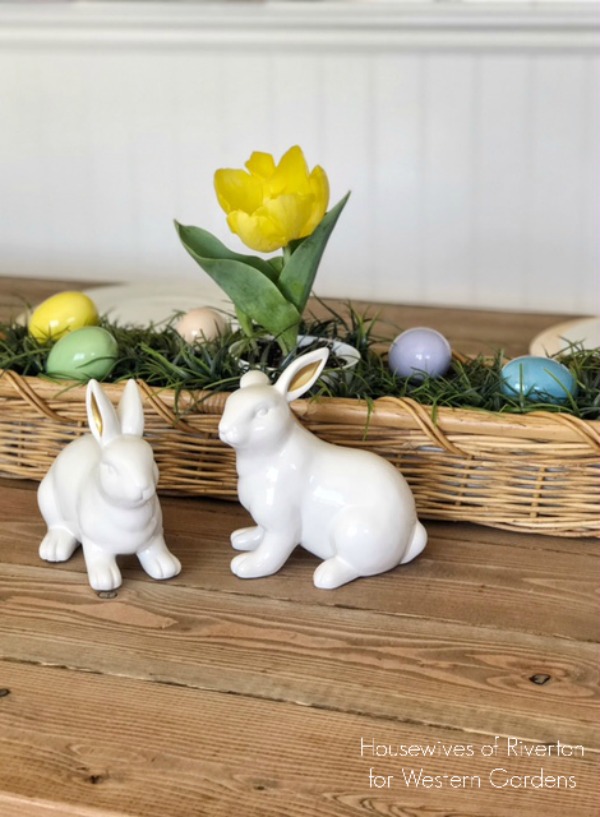 It’s pretty safe to say the very best part of Spring is the beautiful living flowers for centerpieces. I love having fresh flowers in and around my home. I love the instant brightness they bring and the amazing smells…it’s like bringing sunshine right inside the house.
It’s pretty safe to say the very best part of Spring is the beautiful living flowers for centerpieces. I love having fresh flowers in and around my home. I love the instant brightness they bring and the amazing smells…it’s like bringing sunshine right inside the house.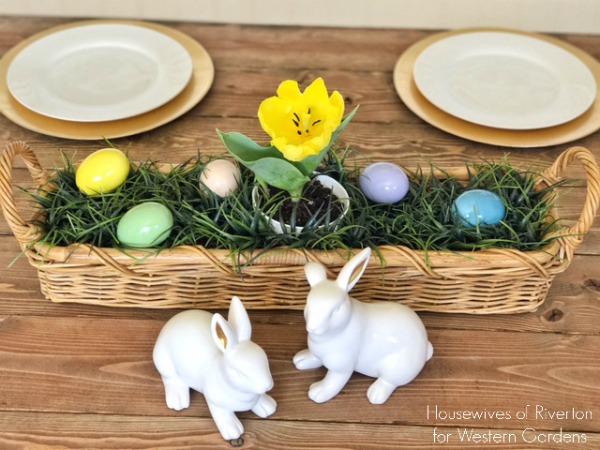 First up I have this adorable Easter Table Centerpiece. Using just a few items (many you may already have on hand) you can create the perfect centerpiece for your Easter dinner that will last for years to come because you can take that Tulip bulb and plant it in your yard!
First up I have this adorable Easter Table Centerpiece. Using just a few items (many you may already have on hand) you can create the perfect centerpiece for your Easter dinner that will last for years to come because you can take that Tulip bulb and plant it in your yard!
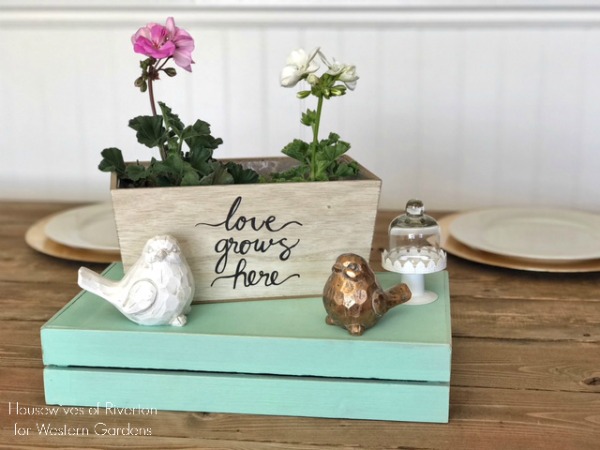
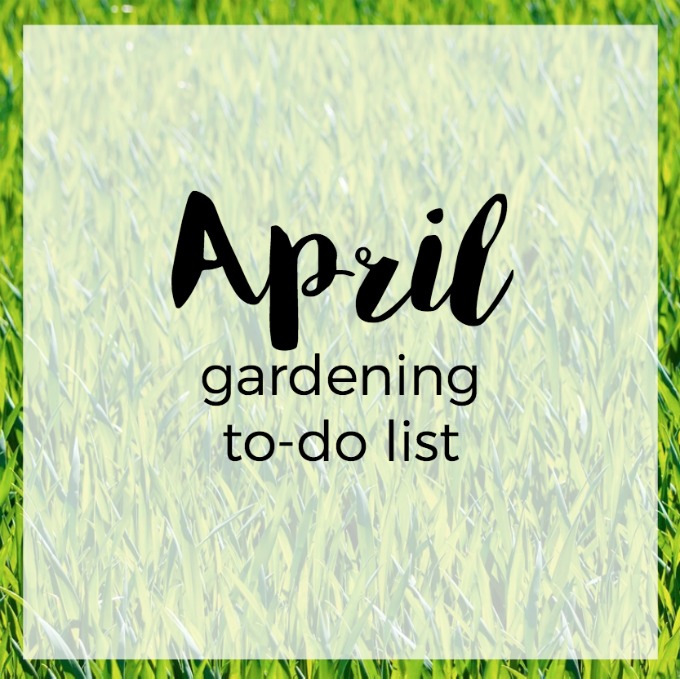 Feeling overwhelmed with so much to do in your yard? Wondering where to start? lawn? vegetable garden? flower beds? Check out our helpful
Feeling overwhelmed with so much to do in your yard? Wondering where to start? lawn? vegetable garden? flower beds? Check out our helpful 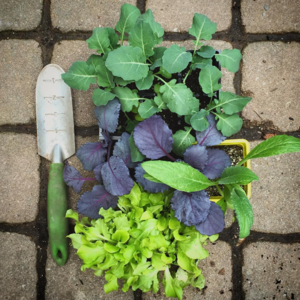
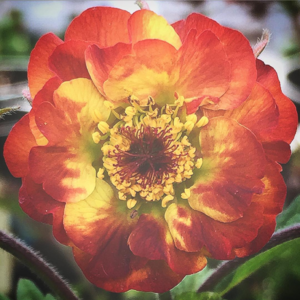

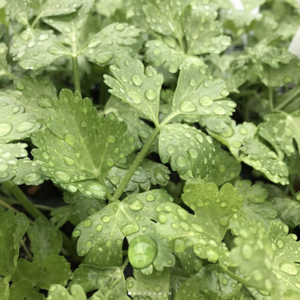
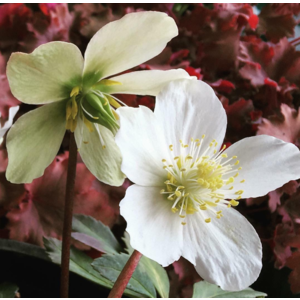
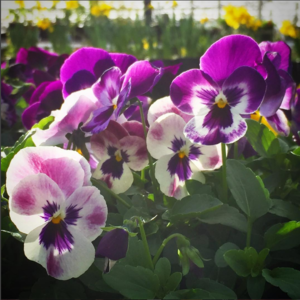
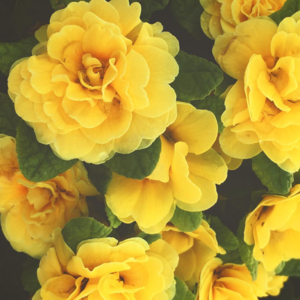
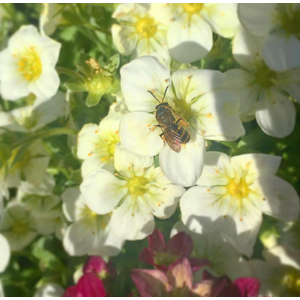
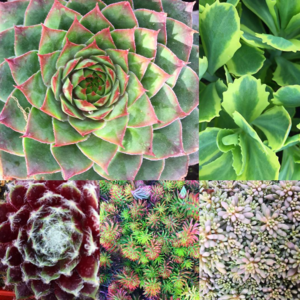
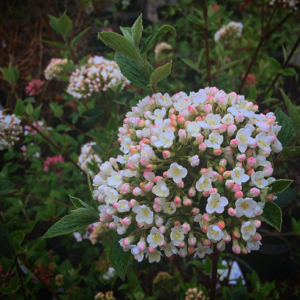

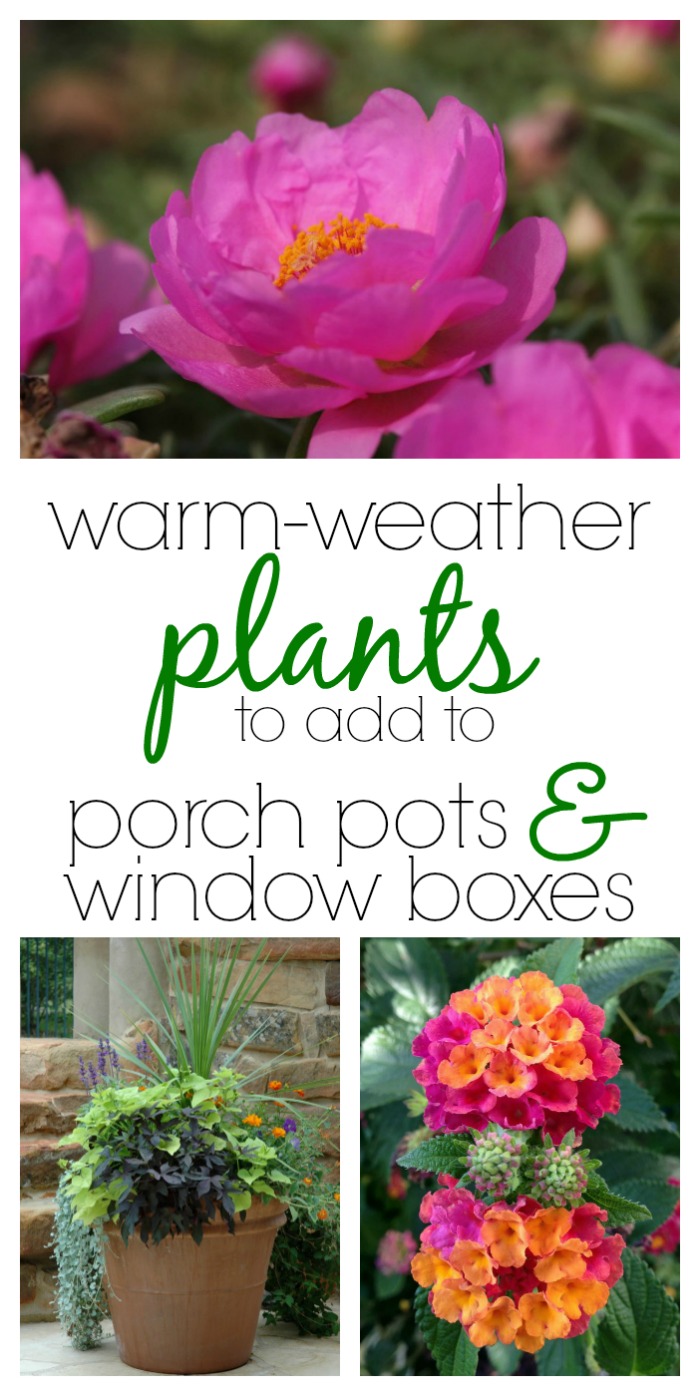
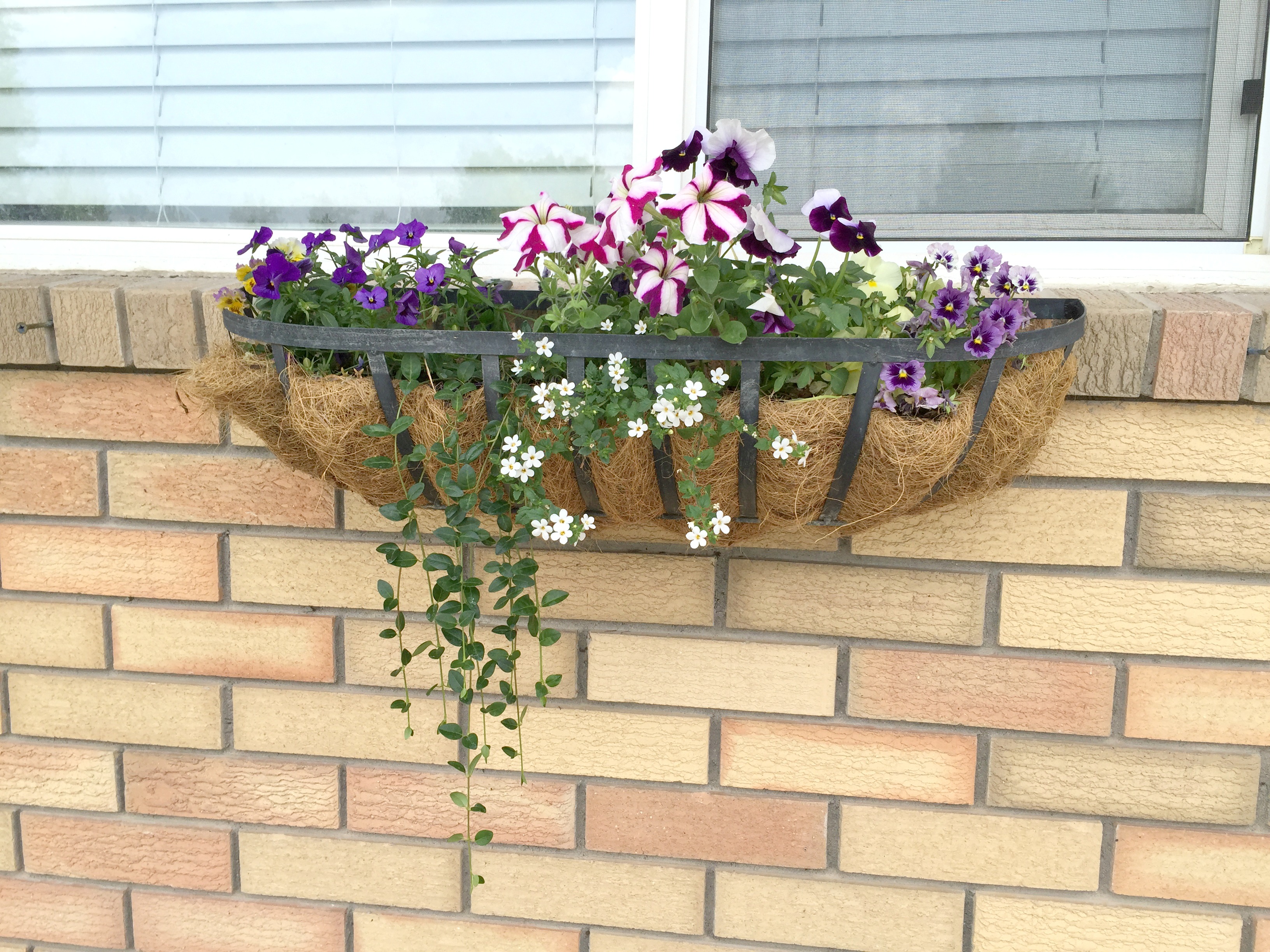
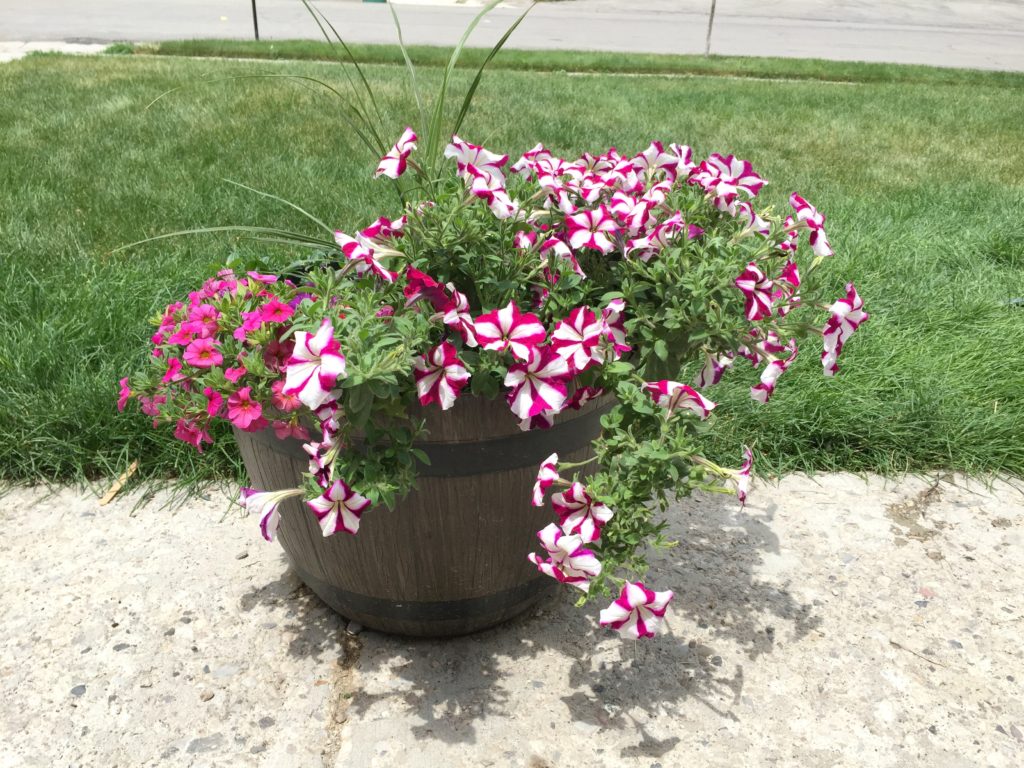
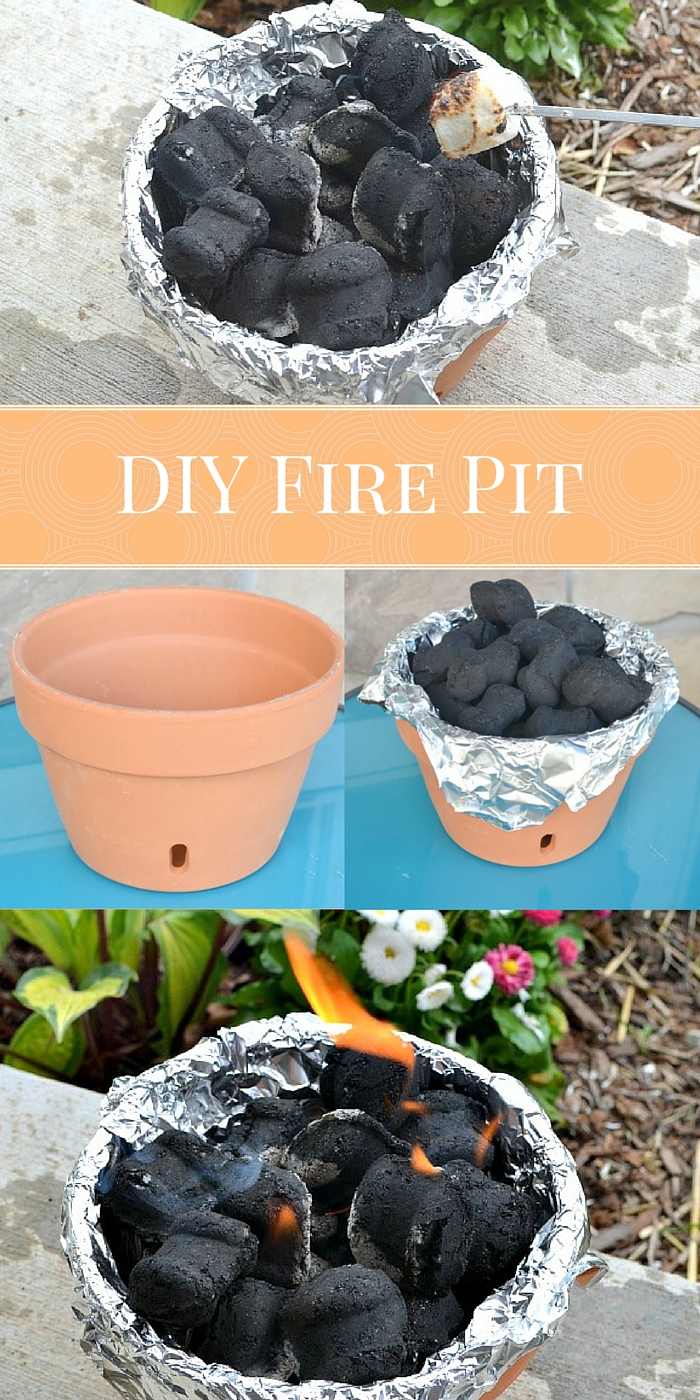
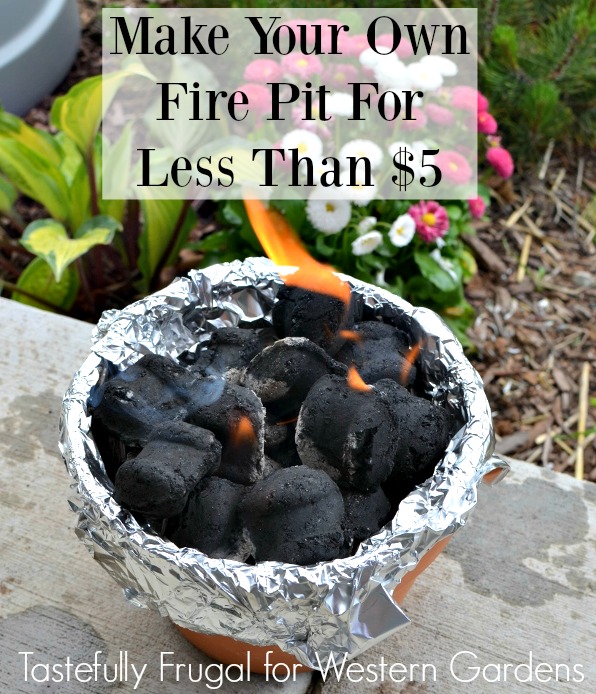
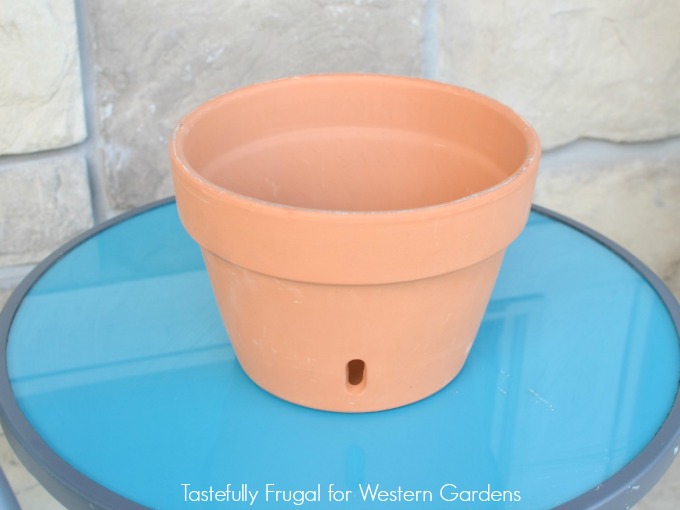 I took matters into my own hands and made a mini fire pit out of a terra cotta pot for our front porch! I took my husband, who is definitely the brains of our family, into
I took matters into my own hands and made a mini fire pit out of a terra cotta pot for our front porch! I took my husband, who is definitely the brains of our family, into 